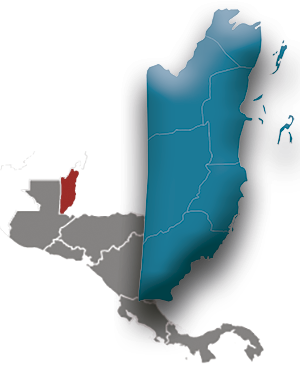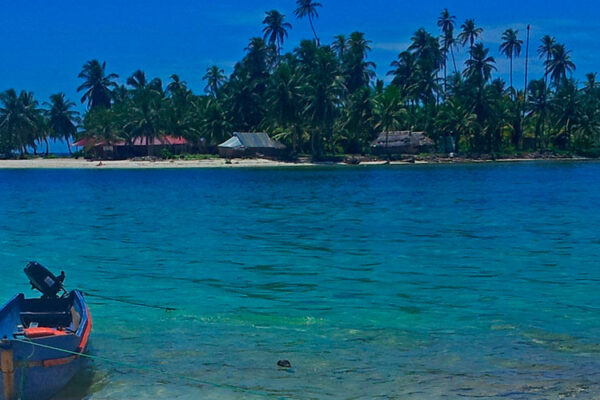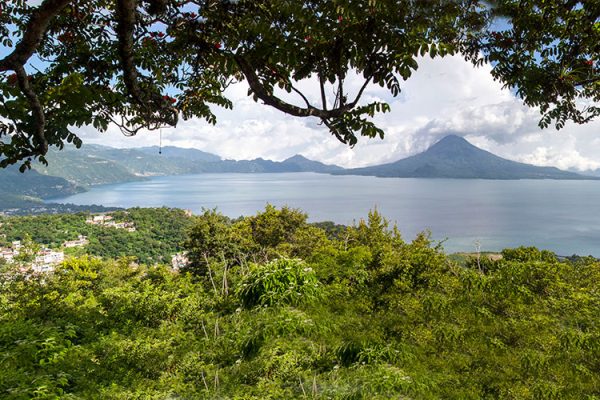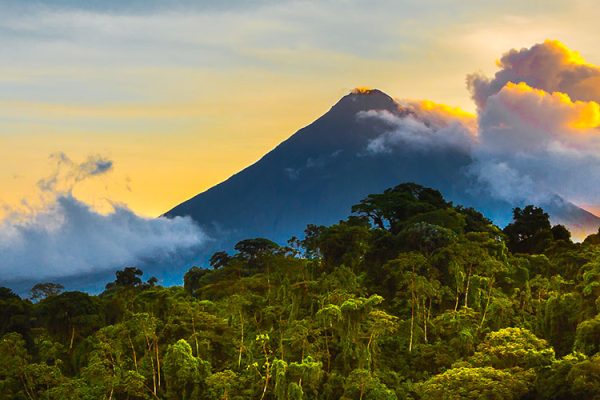Discover the Wonders of Belize: Nature, Culture, and Adventure Await
Introduction to Belize
Belize, a Central American gem, invites travelers to experience its rich blend of natural beauty, ancient history, and vibrant culture. Nestled between Mexico to the north, Guatemala to the west and south, and the sparkling Caribbean Sea to the east, this destination promises unforgettable moments.
Nature’s Bounty
Renowned for its ecological treasures, Belize boasts the awe-inspiring Belize Barrier Reef, a UNESCO World Heritage Site. Dive into the mesmerizing Great Blue Hole or snorkel amidst the colorful corals and myriad of marine life. The country’s lush rainforests are home to exotic animals and stunning waterfalls.
Historical Echoes
Unravel the mysteries of the Mayan civilization as you explore archaeological marvels like Xunantunich and Caracol. The enigmatic Actun Tunichil Muknal (ATM) Cave not only entices adventure seekers but also offers a glimpse into ancient rituals.
Island Vibes
Belize’s isles, particularly Caye Caulker and Ambergris Caye, exude a laid-back ambiance perfect for beach enthusiasts. Soak up the sun, engage in thrilling water sports, or simply enjoy the rhythmic beats of Garifuna music.
Cultural Tapestry
Experience the pulsating beats of drum circles in the Garifuna Villages or marvel at the playful antics of black howler monkeys in the Community Baboon Sanctuary. The country’s multicultural fabric ensures a wide spectrum of traditions, cuisines, and festivities.
Top 10 Attractions
- Belize Barrier Reef – Dive into an underwater wonderland.
- Great Blue Hole – A diver’s dream.
- Caye Caulker & Ambergris Caye – Island life at its finest.
- Xunantunich – Step back in time.
- Cockscomb Basin Wildlife Sanctuary – Nature’s playground.
- Actun Tunichil Muknal Cave – Adventure meets history.
- Placencia Peninsula – Beaches, sun, and fun.
- Caracol – Majestic Mayan remnants.
- Community Baboon Sanctuary – Wildlife encounters.
- Garifuna Villages – Cultural immersion.
Unmissable Adventures
Beyond the usual, Belize offers countless adventures. From zip-lining across dense forests to rafting along meandering rivers, the adrenaline rush is guaranteed. Moreover, sunset viewing points along its coast, especially in Placencia Peninsula, are a must-visit.
Your Next Vacation Awaits
With its combination of natural wonders, historical sites, and vibrant cultures, Belize beckons every traveler. Whether you’re an adventurer at heart, a history buff, or someone seeking relaxation, Belize promises memories that last a lifetime.
Ready for Belize?
Don’t wait any longer! Dive into the vibrant wonders of Belize and create memories that will stay with you forever. Book your dream Belizean getaway now!




